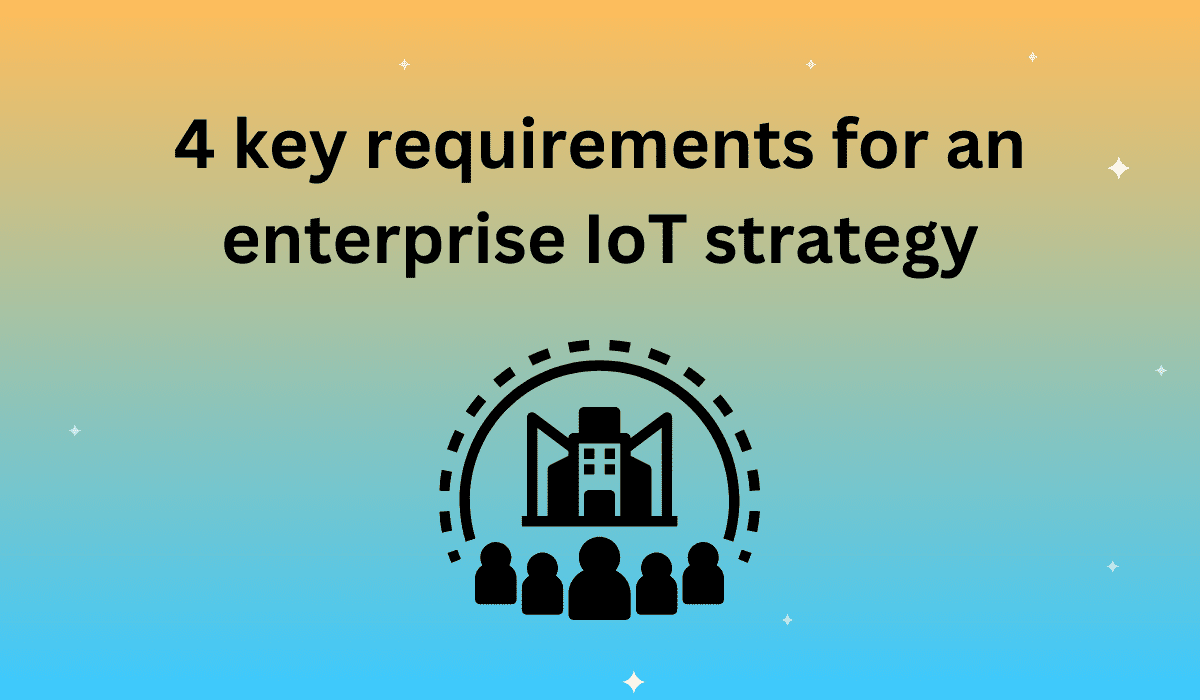By 2020, there will be billions of devices connected to the Internet of Things (IoT). From the Google Homes and Fitbits in our personal lives to smart cities connecting everything from traffic lights, public transport, and water supply systems, IoT devices are producing masses of data to improve virtually every aspect of the day-to-day. As an example, the automotive industry has since risen to the challenge of applying IoT to cars. Devices can access road data and road conditions, or even call for help in an emergency.
Manufacturers are no longer just “car companies” – they’ve evolved to become software companies and data centers, connecting to a variety of interconnected servers providing data. Over the next few years, there will be a seismic shift in the automotive industry, delivering the power of the Internet and IoT to vehicles. This places a huge reliance on having battle tested APIs so that IoT enabled devices and services do not crash. This means monitoring, advanced testing, and ongoing maintenance will be everything to the new ‘tech’ automotive companies of the future, on a scale never seen before, and the manufacturers that can bring the truly connected vehicle closer to that reality first will have a considerable competitive advantage in the marketplace. A good performance monitoring and testing tool offers a fully developed IoT strategy to ensure companies across all verticals can develop and deploy complex scripts with bank-class security.
What does a good IoT Strategy include?
1. End-to-end application visibility
The end-to-end aspect is really important for any large IoT deployment. Cycles are running in production with new solutions being deployed regularly. Being able to program and set up monitoring provides complete, end-end visibility. Quality of service, showing SLAs, and application performance based on real device interactions, are key.
2. Security and global execution
An enterprise IoT organization needs bank-class security and local certificates to validate access to each app, vehicle, or device is secure. The certificate is required to authenticate and encrypt all communication. You need a tool that can fully emulate and run encrypted communication, based on client certificates and session tickets for secure environments. Apica’s global network allows execution from more than 84 countries and 2400 nodes worldwide matching any deployment map.
3. IoT protocol support
There are only a few performance monitoring/digital experience monitoring vendors with a clear-cut IoT strategy. Many vendors offer API monitoring, but an IoT strategy requires very complex scripting of APIs, protocol support, and security functionality. Apica supports REST, WebSocket, MQTT, X.509 Certificates, Source Module support, and Java Programming Plugins. With our MQTT over WebSocket protocol support, you can monitor performance and test large-scale IoT systems.
4. Enterprise IT monitoring and testing
Enterprise companies need to test and monitor apps, network infrastructure, and APIs to ensure the end-user experience is flawless. Apica offers these services as an integrated part of all IT-operations; however, you don’t have to be an IT expert to see and understand the full picture.
Contact us today to learn more about implementing an IoT strategy.








